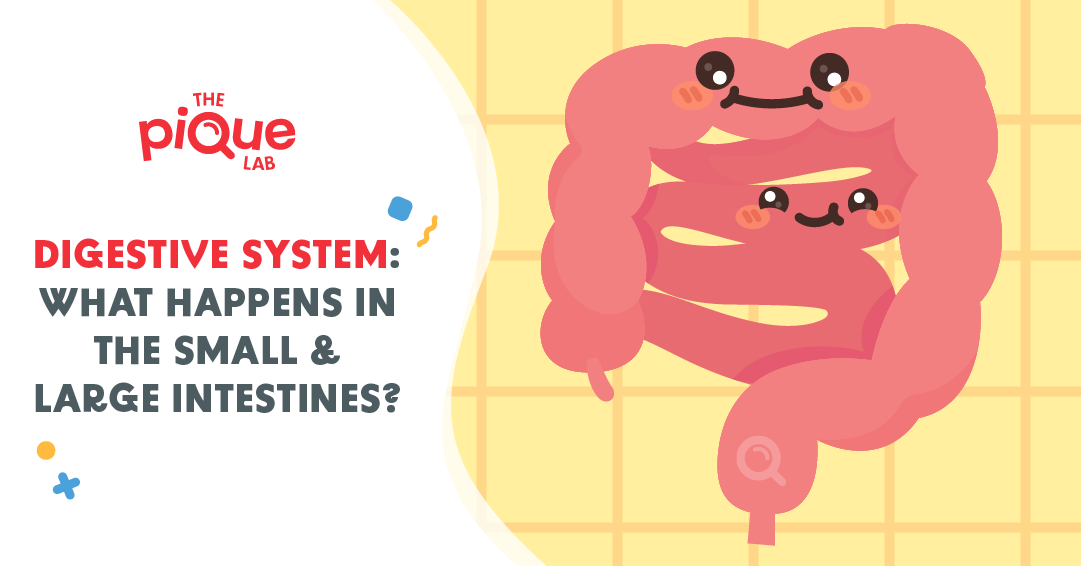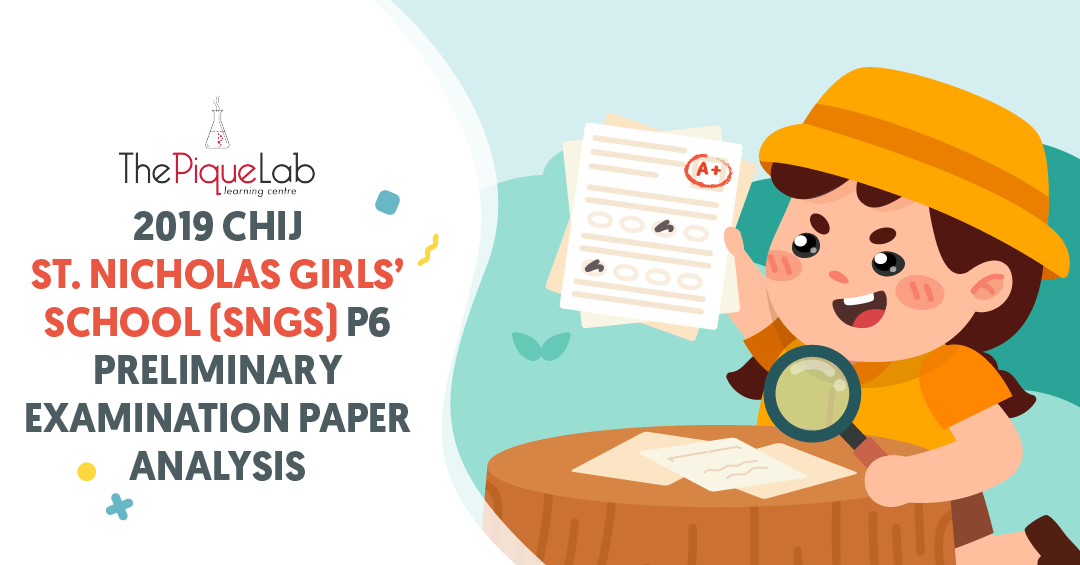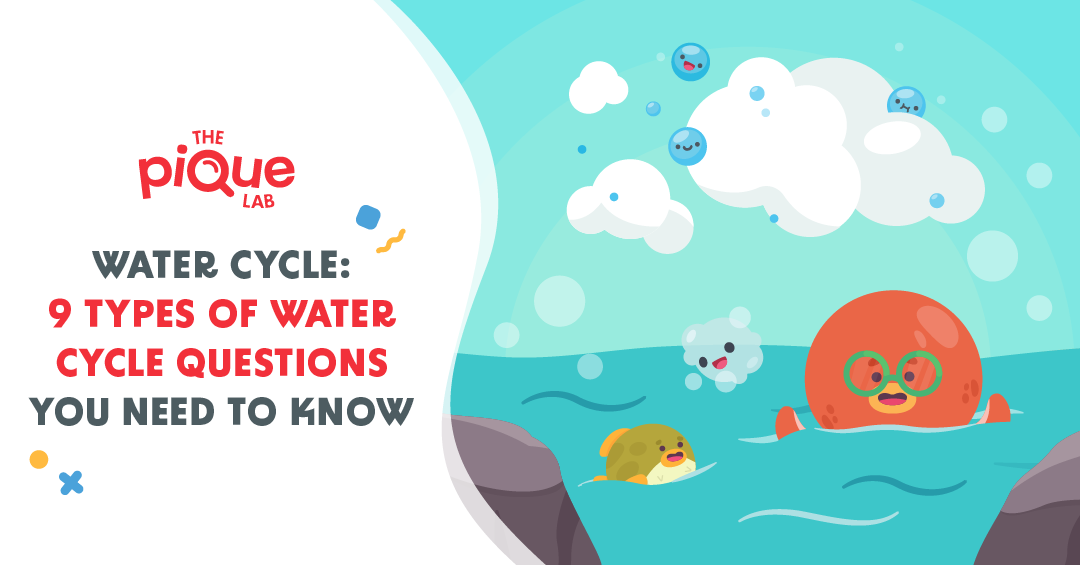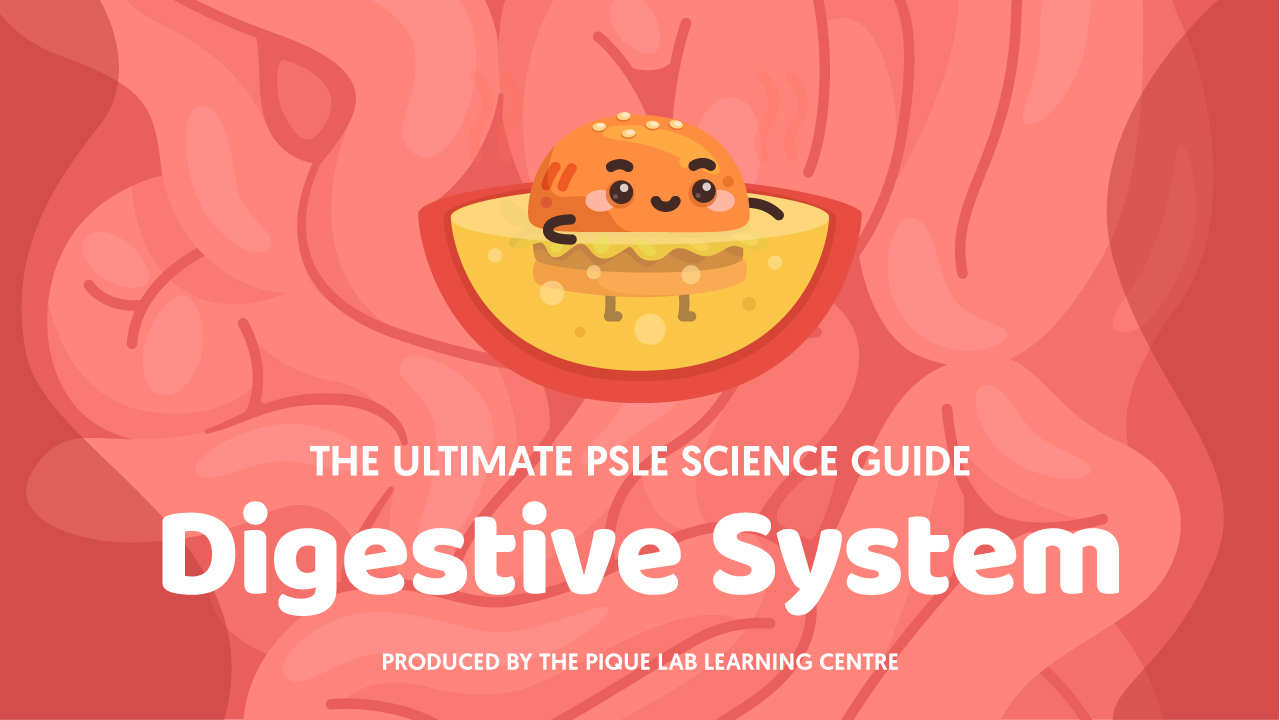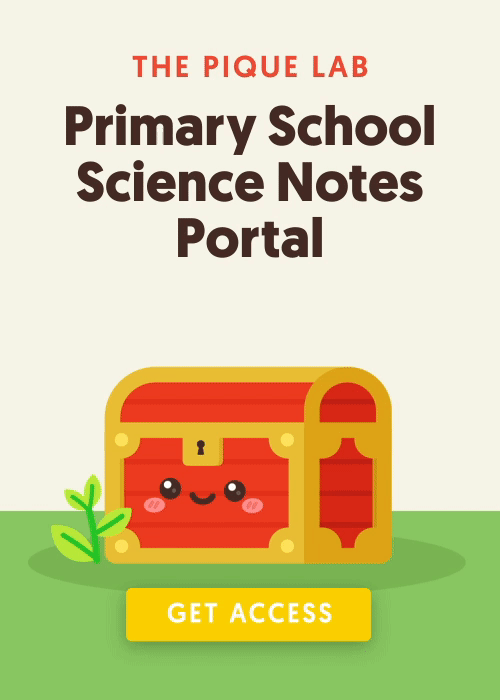Introduction
Welcome back to our Examination Paper Analysis series!
In this article, we will be analysing a question on the topic of Web of Life from the 2017 Rosyth School (ROSYTH) P6 Prelim Examination Paper.
Here’s what you’ll be learning:
- How a food chain is disrupted when a species is removed from it.
- How to use the Relationship, Population Change, and Effect (RPE) structure of writing to phrase your answers well when asked to explain changes in a food chain.
Read Also:
Let’s Take A Look At This Question
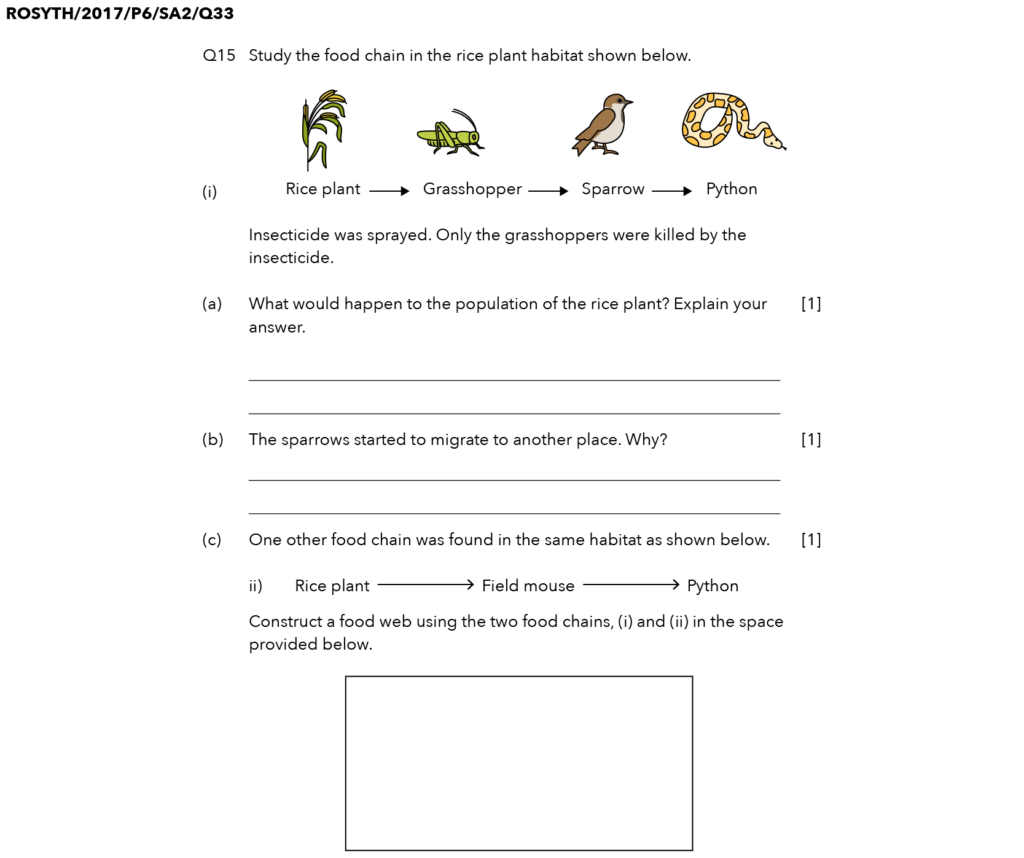
Source: Rosyth School – 2017 P6 Prelim Examination Paper [Q33]
Thought Process

In this food chain, we see the following:
- The rice plant gets eaten up by the grasshopper.
- The grasshopper gets eaten up by the sparrow.
- The sparrow gets eaten up by the python.
The question also tells us that insecticide was sprayed. Insecticides are usually sprayed on plants.

Why do farmers spray insecticides on plants? It’s because they want to prevent any insects from eating their crops. In this case, when insecticides are sprayed on the rice plant, only the grasshoppers are killed by the insecticides.
Let’s Analyse Part (A)

Source: Rosyth School – 2017 P6 Prelim Examination Paper [Q33]
First of all, how is the rice plant related to the grasshopper? The rice plant gets eaten up by the grasshopper. That means the grasshopper is the consumer of the rice plant.
Some students may say that the grasshopper is the predator of the rice plant. Is this the correct way to phrase it? No.
📍 What Is A Predator? 📍
In order for an organism to be considered a predator, it needs to be feeding on an animal.
Since the rice plant is not an animal, the grasshopper cannot be considered a predator. Instead of using the term “predator”, we should say that the grasshopper is the “consumer” of the rice plant.

What happens when the grasshoppers are killed by the insecticides? Do you think the rice plant’s population would increase or decrease? It would increase.
Why would the population of the rice plants increase when the grasshoppers get killed? It is because there are no more consumers — the grasshoppers — feeding on the rice plants. This is why the population of the rice plants would increase.
To phrase our answer for part (a), we are going to use this answering structure called ‘RPE’.
📝 RPE Answering Structure 📝
R is for ‘Relationship’.
P is for ‘Population Change’.
E is for ‘Effect’.
Relationship: Here, I am talking about the relationship between the grasshopper and the rice plant. As mentioned, the grasshopper is the consumer of the rice plant.
Population Change: This refers to the effect on the population when a certain event happens. In this case, when the grasshoppers were killed by the insecticides, what happened to the population of the rice plant? It increased.
Effect: I am looking for what happened when the grasshoppers were killed by the insecticide. What was the result or consequence? There will be no grasshoppers feeding on rice plants. And that’s the reason why the population of the rice plants would increase.
Suggested Answer For Part (A)
Relationship: The grasshopper is the consumer of the rice plant.
Population change: Thus, when the grasshoppers were killed by the insecticide, the population of the rice plant would increase,
Effect: as there were no grasshoppers feeding on the rice plants.
Let’s Analyse Part (B)

Source: Rosyth School – 2017 P6 Prelim Examination Paper [Q33]

Why do you think the sparrows decided to go to another place when the insecticide was sprayed on the rice plants?
When the insecticide was sprayed on the rice plants, what happened to the grasshoppers? The grasshoppers were all killed!
When the grasshoppers get killed, how is the sparrow affected?
How is the grasshopper related to the sparrow? The sparrows feed on the grasshoppers. The sparrows are the predators of the grasshoppers.

Now that there are no more grasshoppers around because they were killed by the insecticides, do you think there will be food for the sparrows to feed on? No.
The sparrows are dying out of starvation so they migrated to another place. They did that to look for food so they could survive.
How do we structure our answer for part (b)? Again, we are going to use the same ‘RPE’ answering structure.
What’s the relationship between the sparrow and the grasshopper? We mentioned that the sparrow is the predator of the grasshopper.

What is the population change occurring? When there were no more grasshoppers, what did the sparrows do? They migrated to another place.
What made them do so? Because the grasshoppers had been killed, the sparrows did not have any food to feed on. So they migrated to another place to look for food so that they could survive!
Suggested Answer For Part (B)
Relationship: The sparrow is the predator of the grasshopper.
Population change: When the grasshoppers were removed, the sparrows migrated to another place,
Effect: as they would not have food to feed on and had to migrate to another place to look for food to feed on to survive.
Let’s Analyse Part (C)

Source: Rosyth School – 2017 P6 Prelim Examination Paper [Q33]
The new food chain mentions the following:
- The rice plant gets eaten up by the field mouse.
- The field mouse gets eaten up by the python.
We are supposed to construct a food web in the space provided using the food chains in parts (i) and (ii).

Source: Rosyth School – 2017 P6 Prelim Examination Paper [Q33]
![]()
Source: Rosyth School – 2017 P6 Prelim Examination Paper [Q33]
A food web or a food chain always begins with a food producer, and which is the food producer in this habitat? It’s the rice plant.
Let’s start by writing ‘rice plant’. Which organism eats up the rice plant?
From the first food chain, we see that the rice plant is getting eaten up by the grasshopper.
From the second food chain, we see that the rice plant is getting eaten up by the field mouse.

Two organisms feed on the rice plant:
- Grasshopper
- Field mouse
What else do we have? The grasshopper gets eaten up by the sparrow. Let’s add that to the food web as well.

How about the field mouse? Does the field mouse get eaten up by the sparrow? No, the field mouse gets eaten up straight away by the python.
Let’s indicate in our food web that the field mouse gets eaten up by the python.

How about the sparrow? The sparrow gets eaten up by the python as well. Let us draw an arrow from the sparrow to the python. This will complete our food web.
Suggested Answer For Part (C)

Conclusion
I hope this article was also helpful in teaching you how to construct a food web.
When approaching open-ended questions that involve changes in food chains, always remember to use the Relationship, Population Change, and Effect (RPE) structure of writing to explain your answer.
Remember to keep practising your past year examination questions and you will get better at tackling them.
Stay tuned for more Web of Life exam paper analyses coming your way! 🙂

If you like our methodology, we've some upcoming workshops:


